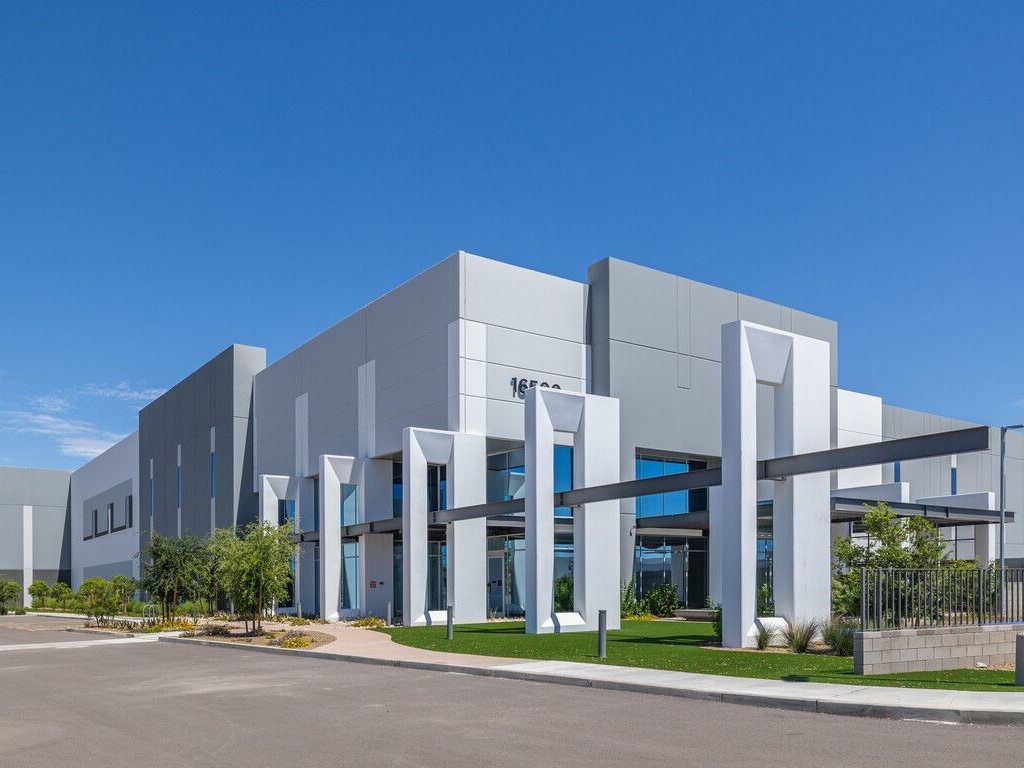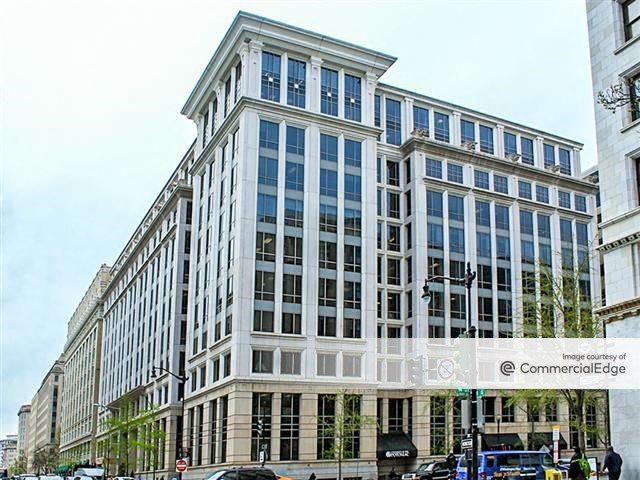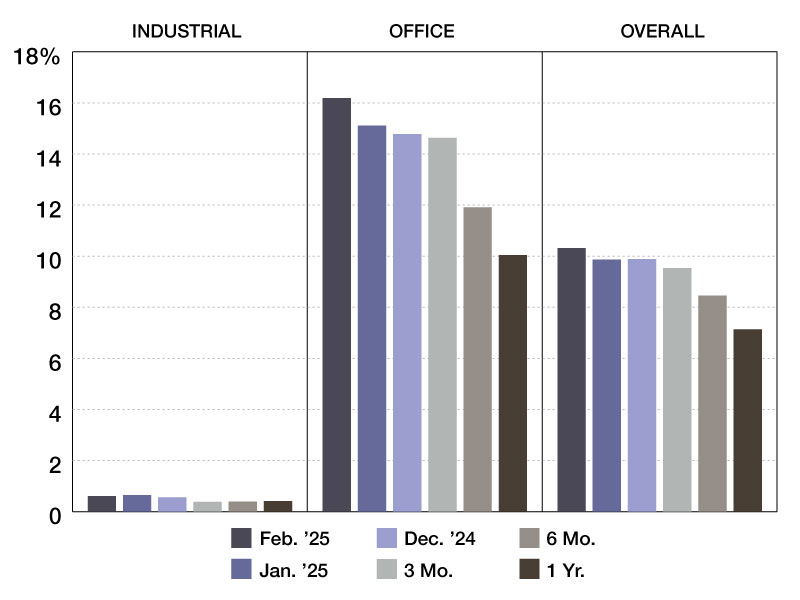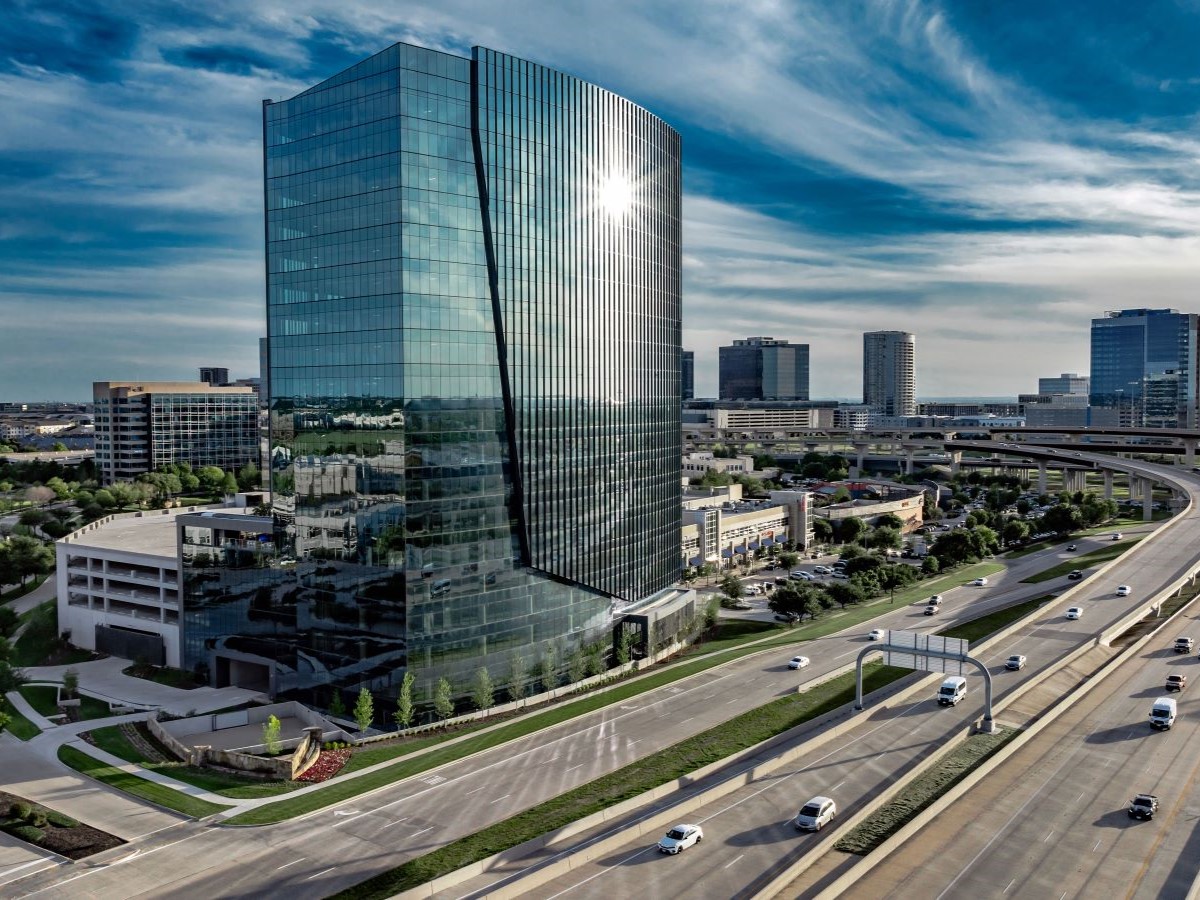Nearshoring Is Boosting Supply Chain Resilience
Mexico has emerged as the top U.S. importer, surpassing China in manufacturing and supply chains, according to the latest CommercialEdge report.
Many companies are turning to nearshoring as a strategy to enhance the resilience and diversity of their supply chains. Nearshoring to Mexico has gained popularity as a solution to reduce risk, a recent CommercialEdge industrial report shows. The trend is not solely driven by the challenges posed by the pandemic, but also by long-standing tensions between the U.S. and China, tariffs imposed by the previous U.S. administration and the need for faster product delivery.
Mexico has emerged as a favorable nearshoring partner due to factors such as lower labor costs, ample land availability, and its proximity to major U.S. population centers. In fact, Mexico has surpassed China as the most active importer into the country this year, further highlighting its attractiveness for nearshoring. The demand for nearshoring has fueled significant activity along the U.S.-Mexico border, particularly in the Laredo, Texas, border gateway. This surge in trade has also driven industrial demand in cities along the central Texas corridor, including San Antonio, Austin and Dallas, as well as in El Paso.
READ ALSO: Expanding Into Industrial: Diversifying for Long-Term Success
Industrial investment year-to-date in May amounted to $16.3 billion, CommercialEdge data shows. Despite a decline in sales volume, industrial property prices have remained fairly steady. The average price per square foot for industrial transactions across the country was $129 in the second quarter, showing only a slight decrease of 1.3 percent when compared to the same period last year.
The under-construction pipeline featured 618.9 million square feet of industrial space at the end of May, or 3.4 percent of total stock, CommercialEdge data shows. Another 202 million square feet was delivered in the first five months of the year. The largest pipeline on a percentage of stock basis in the country was found in Phoenix (16.6 percent, 58.4 million square feet underway). In Dallas-Fort Worth, nearly 54 million square feet of space was under construction, accounting for 6.0 percent of total stock, followed closely by Charlotte (5.4 percent, 16.4 million square feet) and the Inland Empire (5.3 percent, 33.1 million square feet).
Industrial vacancy rises amid rent surge
National industrial vacancy increased 20 basis points from the previous month, clocking in at 4.3 percent at the end of May. New supply of commercial space has surged in recent quarters, while demand has normalized. Over 1 billion square feet have been delivered since 2021, with 200 million square feet added in the first five months of 2023.
Some markets may see increased vacancy, particularly those with low barriers to new development, while port markets are expected to maintain low vacancy rates. The lowest vacancies were found in Columbus, Ohio, (1.7 percent) and in Southern California’s Inland Empire (2.2 percent). Meanwhile, Atlanta, Nashville, Tenn., and Indianapolis had a vacancy of 2.7 percent each.
National in-place rents for industrial space averaged $7.29 per square foot in May, up 740 basis points year-over-year and 11 cents more when compared to April 2023. Port markets experienced the most significant increases in rental prices. The Inland Empire saw a rise of 17.1 percent in in-place rents, followed by Los Angeles with a 12.8 percent increase. New Jersey (10.0 percent), Boston (9.7 percent) and Orange County (9.2 percent) also experienced notable gains.
Read the full CommercialEdge report.








You must be logged in to post a comment.